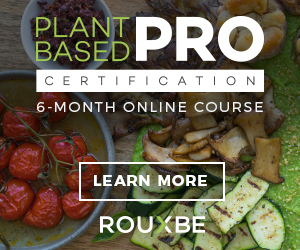How to Make Bread - Basics
Bread is a staple in many diets and the foundation for other foods. It can be used in various ways and has many different textures, but it's all made from four essential ingredients: flour, water, salt, and yeast. Breadmaking is an art that takes time to master; luckily, it's pretty easy to get started!

Flour for Bread Making
Flour for bread making is the main ingredient, a powder made from ground grains. Flour can be made from wheat, rye, barley, corn, or other grains. The type of flour used depends on the type of bread you are making. For example:
>A wheat-based flour will make white bread;
>Rye-based flours are used to make pumpernickel and rye loaves (the dark color comes from molasses);
>Barley-based flours produce brown bread.
Yeast for Bread Making
When you're baking bread, you'll need yeast. Yeast is a living organism that's used to make bread rise. It's produced by a fungus called Saccharomyces cerevisiae and is also known as brewer's or bakers' yeast.
Yeast is a single-celled organism (a microorganism) that produces carbon dioxide gas as it grows and digests food. Carbon dioxide builds up inside the dough through fermentation, which causes it to expand and lighten in color.
Water for Bread Making
Water is the main ingredient in bread, making up about 80% of your dough.
Water is also used to dissolve yeast and gluten. Water helps to give the loaf its texture, so if you want your bread to be chewy, you need a high proportion of water. If you want your bread to be airy, use less water in your recipe.
It's one of the oldest organisms on earth; fossils have been found dating back 200 million years!
It can be found everywhere—in soil and water, on plants (fruits/vegetables), and even in your mouth if you've eaten recently!
Salt for Bread Making
Salt is one of the essential ingredients in bread making, as it affects all aspects of your bread.
Salt affects texture: The amount and type of salt you use will affect the texture of your bread. Too much salt can make it tough and dry, while too little can result in a crumbly loaf with no structure.
Salt affects flavor: Salt enhances flavor, so good quality sea salt is key to making delicious loaves that taste great!
Salt affects rising: Yeast needs moisture for its carbon dioxide gas production, but too much will cause an excess amount of gas which makes the dough rise too high before baking or causes it to collapse during baking (as seen below). Therefore, when mixing doughs containing yeast (which includes most hearth-style loaves), use warm water rather than cold water when dissolving salt into them so as not to shock them by introducing sudden changes.
Know what ingredients go into bread, why they go in, and how they affect the final product.
Many ingredients go into bread, but few affect the final product more than others. Before making bread, it's essential to know what each ingredient does and how it affects the final product.
The most important ingredient in bread is water. Water adds moisture to keep your dough soft while rising, so you don't have tough brick-like loaves at the end of your workday. It also helps carry other ingredients throughout the dough by forming gluten bonds that trap those ingredients inside the bread and give it structure when baked up later.
Bread flour has higher protein content than all-purpose flour; this gives it better gluten formation, which allows for a substance with greater elasticity compared to bland AP (all-purpose) flours which fall apart when stretched too much during kneading or baking processes despite being less processed than RBF (refined bleached flour). Bread made from RBF will be dryer and denser because their molecules cannot hold onto moisture like RBF molecules can due to increased levels of starch molecules available for bonding during the mixing process before baking begins; this results in more surface area per volume unit mass inside those small pores formed between individual strands within our outer layers where pressure tends towards zero due to lack thereof.
Conclusion
Bread is a staple of life, and its history is rich. Knowing how to make bread can be a rewarding experience for any cook. The process isn't complicated but requires careful attention to detail. Bread isn't just about mixing flour, yeast, salt, and water; artistry is also involved in creating delicious loaves.




